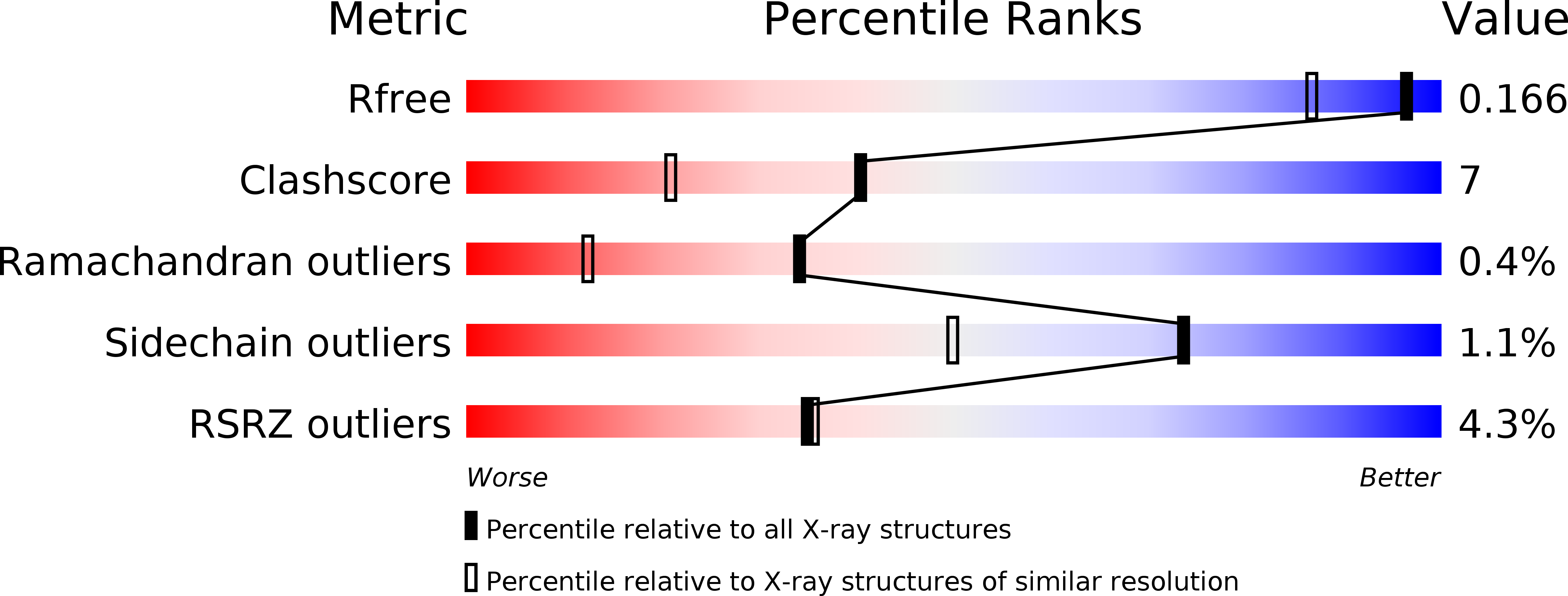
Deposition Date
2011-10-22
Release Date
2012-02-29
Last Version Date
2023-09-13
Entry Detail
PDB ID:
3UAZ
Keywords:
Title:
Crystal structure of Bacillus cereus adenosine phosphorylase D204N mutant complexed with inosine
Biological Source:
Source Organism:
Bacillus cereus (Taxon ID: 1396)
Host Organism:
Method Details:
Experimental Method:
Resolution:
1.40 Å
R-Value Free:
0.15
R-Value Work:
0.14
R-Value Observed:
0.14
Space Group:
P 63 2 2


